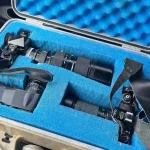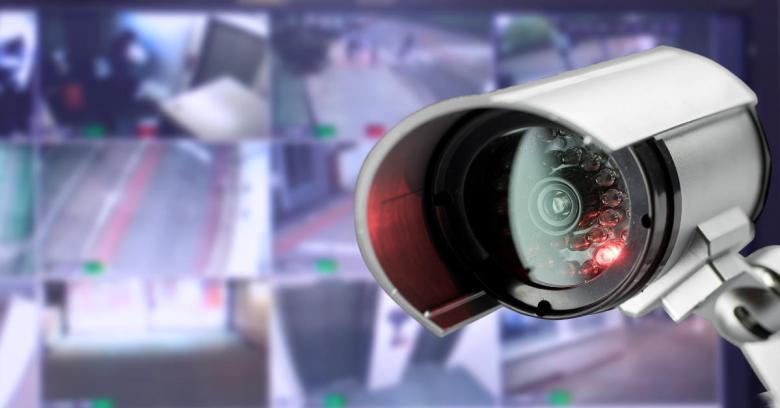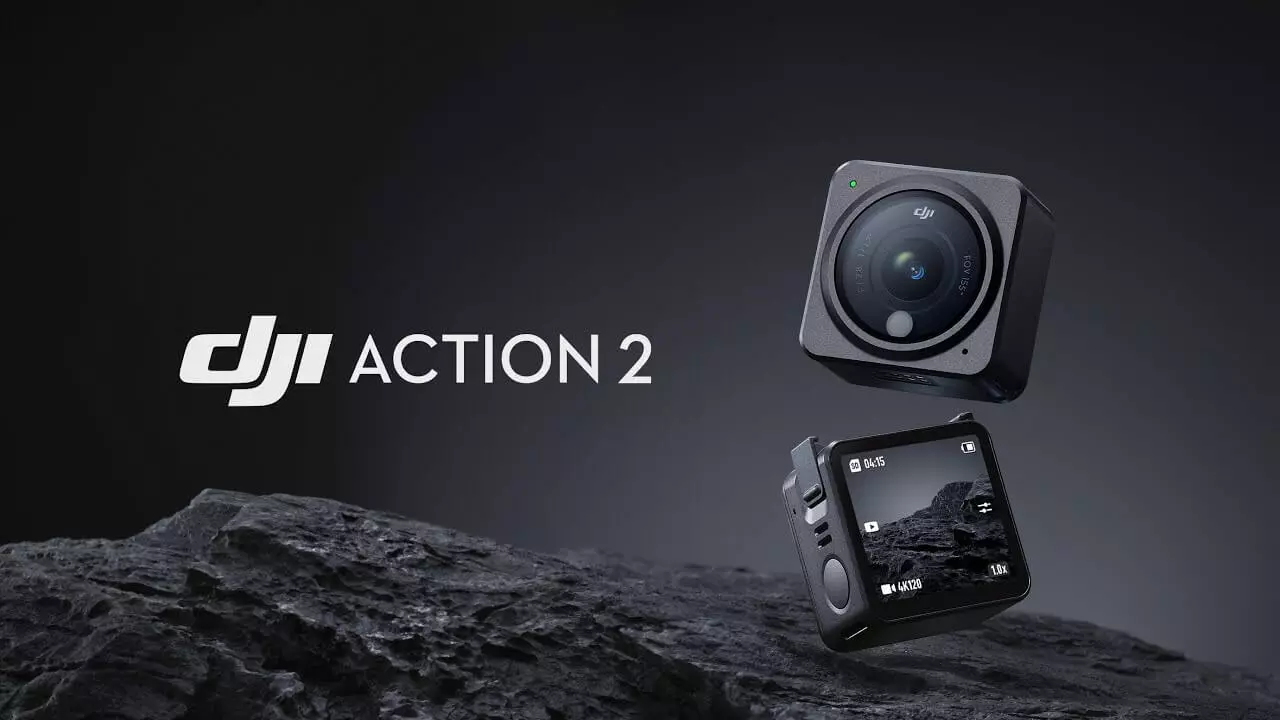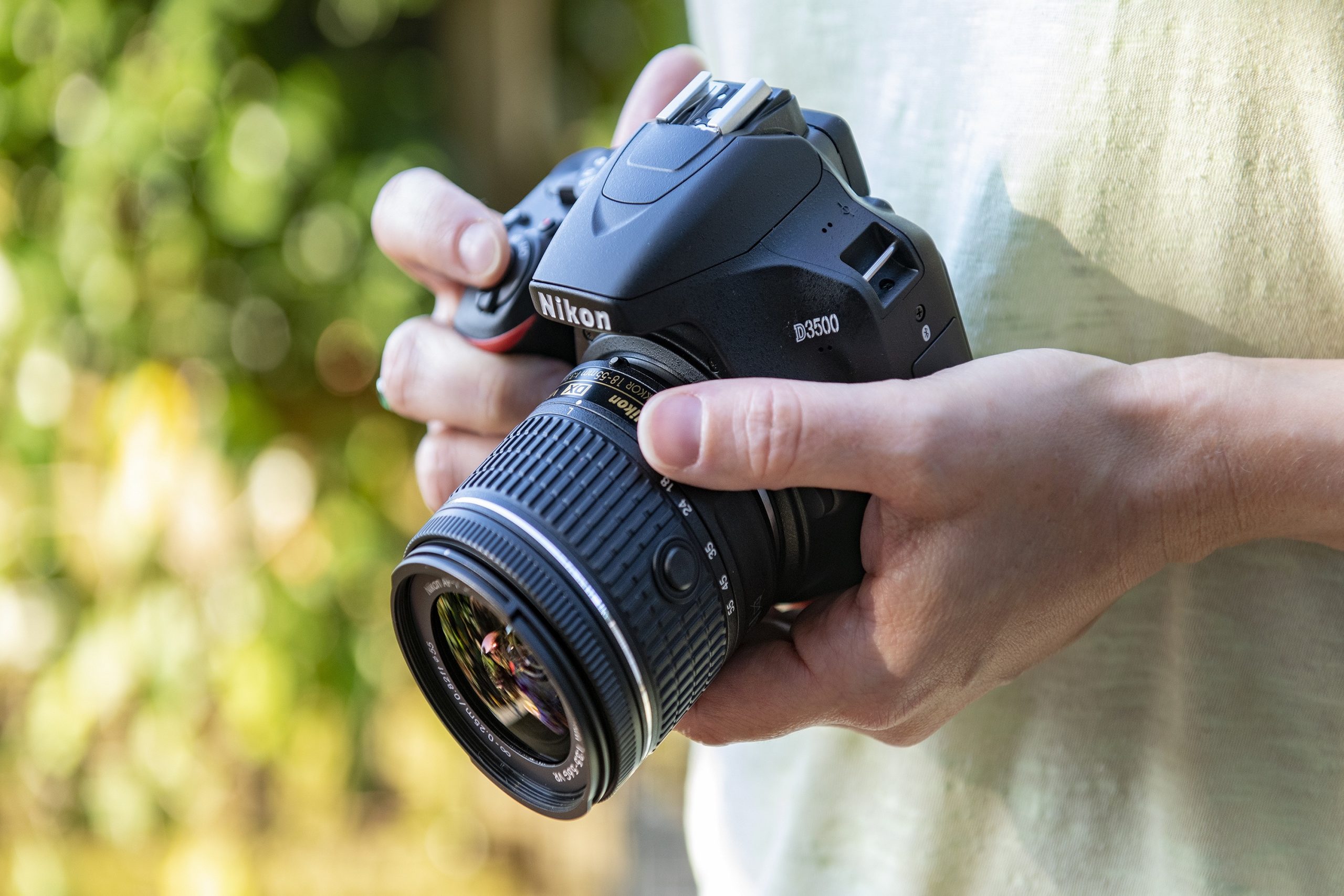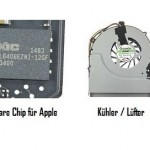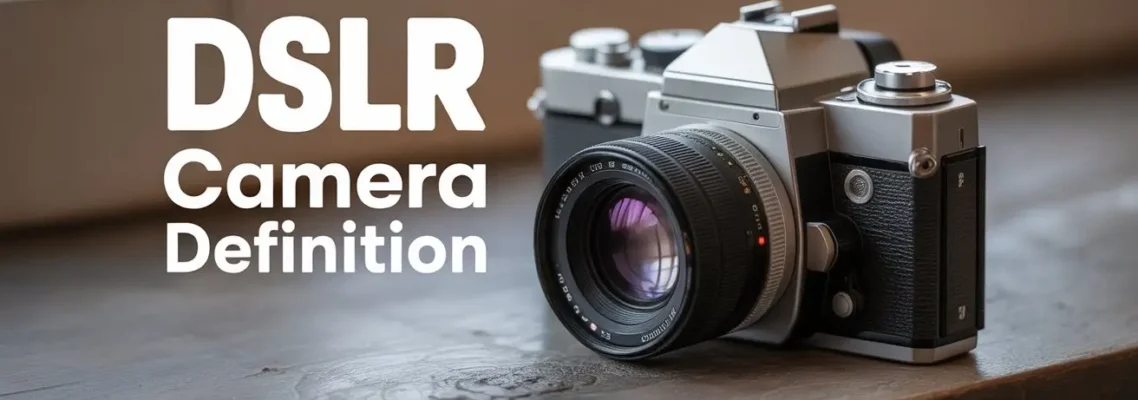
DSLR Camera Definition: Discover How It Works and Why It’s Still a Photographer’s Favorite
October 16, 2025
If you’ve ever wondered what makes a DSLR camera different from other cameras, you’re not alone. Understanding the DSLR camera definition is essential for beginners, hobbyists, and even aspiring professional photographers. In this guide, we’ll explore everything from the basics of how a DSLR works, its advantages and drawbacks, to practical tips and real-life examples. By the end, you’ll feel confident in choosing and using a DSLR camera for your photography needs.
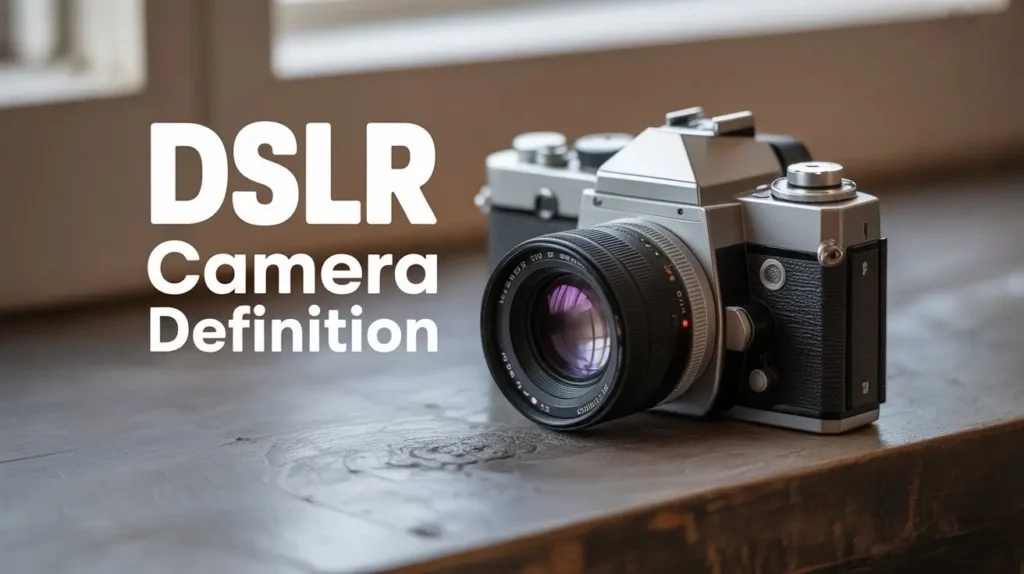
Content
Understanding the DSLR Camera Definition
A DSLR, or Digital Single-Lens Reflex camera, is a powerful type of digital camera that uses a mirror mechanism to reflect light from the lens into an optical viewfinder. Unlike point-and-shoot models that depend on a digital screen, a DSLR lets you see exactly what the lens captures in real time offering unmatched precision and control. It’s the ideal choice when you’re ready to find the perfect camera for professional-quality photography.
Key aspects of the DSLR camera definition include:
- Mirror System: The reflex mirror directs light to the viewfinder, giving you a live optical preview.
- Interchangeable Lenses: Unlike compact cameras, DSLRs let you swap lenses for different photography styles.
- Large Image Sensors: DSLRs often have full-frame or crop sensors, capturing more detail and improving low-light performance.
This combination of features explains why a DSLR remains a popular choice for both beginners and professional photographers.
How Does a DSLR Camera Work?
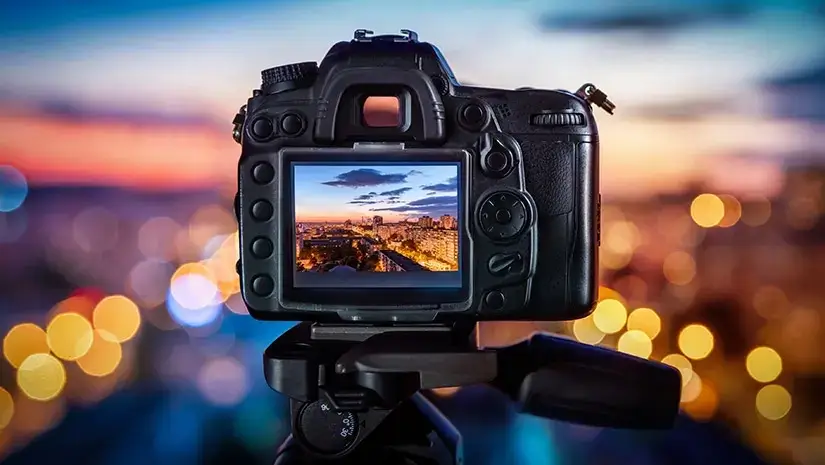
Understanding how a DSLR camera works can seem technical at first, but it’s easier than it sounds. When you press the shutter button:
- The mirror flips up.
- Light passes through the lens and reaches the image sensor.
- The camera processes the data and saves the image to your memory card.
This simple yet precise mechanism allows for faster autofocus, better image quality, and greater control over exposure and depth of field compared to simpler cameras.
Types of DSLR Cameras
There are several types of DSLRs designed to meet different needs:
- Entry-Level DSLRs: Perfect for beginners and photography enthusiasts. Lightweight and easy to use.
- Mid-Range DSLRs: Offer better image quality, advanced autofocus, and more features for serious hobbyists.
- Professional DSLRs: High-end cameras used by professional photographers, featuring full-frame sensors, dual card slots, and weather sealing.
Understanding the types of DSLRs helps you choose the right camera for your skill level and photography goals.
Advantages of Using a DSLR Camera
A DSLR camera offers several advantages over other types of cameras:
- Superior Image Quality: Larger sensors capture more detail and provide better color accuracy.
- Faster Autofocus: Essential for capturing fast-moving subjects like sports or wildlife.
- Creative Control: Manual settings allow photographers to adjust shutter speed, aperture, and ISO for perfect shots.
- Versatility: Interchangeable lenses and accessories expand your creative possibilities.
These features explain why many photographers consider DSLRs the gold standard for quality photography.
DSLR vs. Mirrorless Cameras
Many beginners ask about the difference between DSLR and mirrorless cameras. While mirrorless cameras are smaller and lighter, they lack the optical viewfinder that DSLRs provide.
Here’s a quick comparison:
| Feature | DSLR | Mirrorless |
| Viewfinder | Optical | Electronic |
| Battery Life | Longer | Shorter |
| Lens Selection | Wide | Increasing |
| Autofocus | Fast | Improving |
Both types have their pros and cons, but for traditional photography and long-term investment, a DSLR remains a reliable choice.
Real-Life Case Study: My First DSLR Experience
When I bought my first DSLR, a beginner-friendly Canon model, I didn’t realize how much it would transform my photography. I was trying to capture indoor home décor setups for my blog but struggled with blurry, poorly lit photos on my phone.
Solution: Using the DSLR, I experimented with different lenses and manual settings. I learned how to adjust aperture to control depth of field, and how ISO affected lighting without creating noise. Within weeks, my photos became crisp, professional-looking, and much more engaging for readers.
This personal experience demonstrates the practical benefits of owning a DSLR and understanding its functions, even for non-professional use like blogging or home décor photography.
Tips for Choosing the Right DSLR
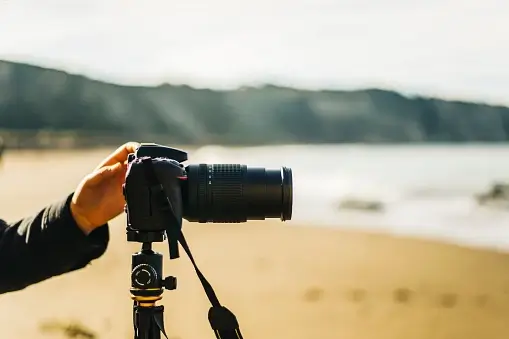
When selecting a DSLR, consider the following:
- Purpose: Are you a beginner, hobbyist, or professional?
- Budget: Entry-level DSLRs are more affordable; professional models can be costly but worth the investment.
- Lens Compatibility: Check available lenses for your chosen camera brand.
- Features: Consider autofocus speed, sensor size, ISO range, and connectivity options.
Remember, knowing the DSLR camera definition is just the start choosing the right camera is about matching features to your needs.
Conclusion:
The DSLR camera definition goes beyond being just a type of camera it represents a versatile, high-performance tool for capturing moments with creativity and precision. Whether you’re a beginner learning the basics or a seasoned photographer, understanding how a DSLR works, its benefits, and real-world uses can elevate your photography skills.
From personal projects to professional shoots, DSLRs continue to be a cornerstone of digital photography, offering exceptional control, versatility, and image quality. And to keep your gear protected wherever you go, investing in a top camera hard case for DSLR is always a smart choice.
FAQs About DSLR Cameras:
What does DSLR mean in a camera?
DSLR stands for Digital Single-Lens Reflex, a camera type that uses a mirror system for precise image preview.
What is the difference between SLR and DSLR cameras?
SLR uses film; DSLR is digital. Both use a mirror reflex system, but DSLRs offer instant previews and better image quality.
What does D mean in a DSLR camera?
The “D” in DSLR stands for Digital, highlighting that the camera captures images electronically instead of on film.
Why are DSLRs being discontinued?
DSLRs are declining due to the rise of mirrorless cameras, which are smaller, lighter, and increasingly competitive in features.

Peter is a friendly, knowledgeable writer and blogger who loves to share their knowledge of technology. He enjoys writing about the latest gadgets and gizmos as well as other information on how to use them. He has been blogging for years now, but he still loves it just as much as he did when he started!


